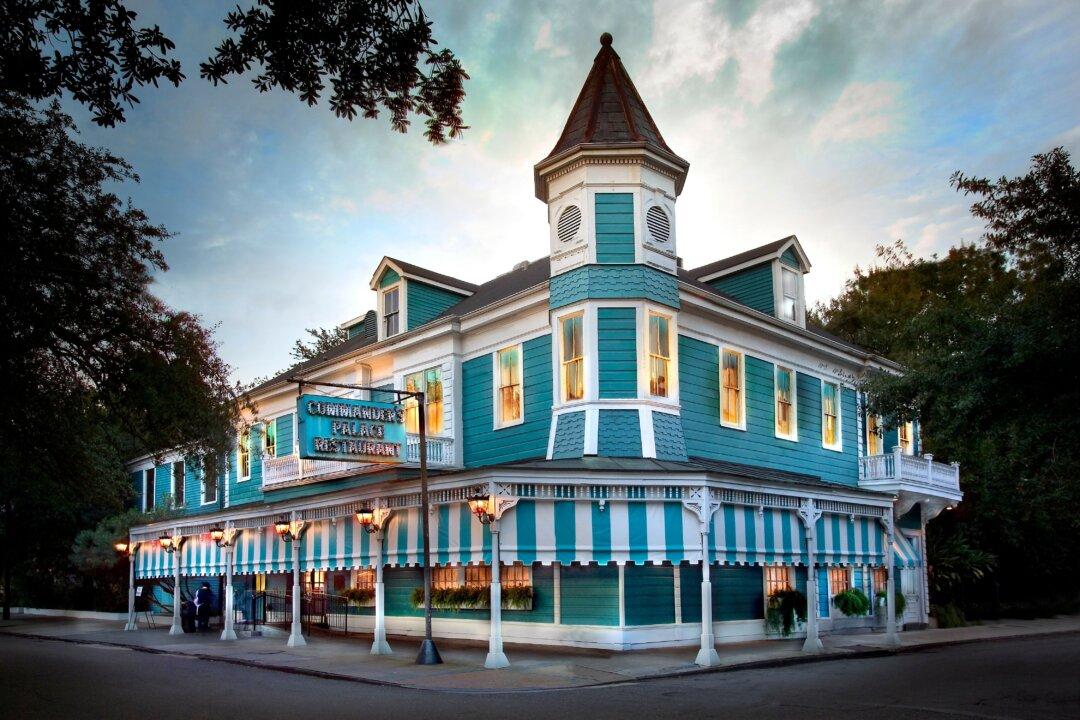Uncorking a bottle of Champagne on New Year’s Eve is a classic way to celebrate. Champagne remains the benchmark of bubbles, but there are plenty of sparkling wine options to match every budget and taste.
Champagne versus Sparkling Wine
Sparkling wines are made around the world, but to be labeled “Champagne,” the wine must be made in the Champagne AOC appellation, in northern France, and follow strict production guidelines. Sparkling wines produced outside Champagne may also adhere to regulations determined by the appellation.Only three grapes are permitted to make Champagne: Chardonnay, Pinot Noir, and Pinot Meunier. Each Champagne house carefully blends the grapes, often purchased from select growers around the region, to create its signature cuvées. Sparkling wines made elsewhere may use these same grape varieties or others indigenous to the region.





